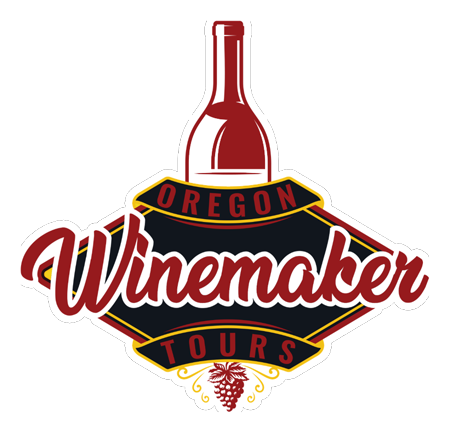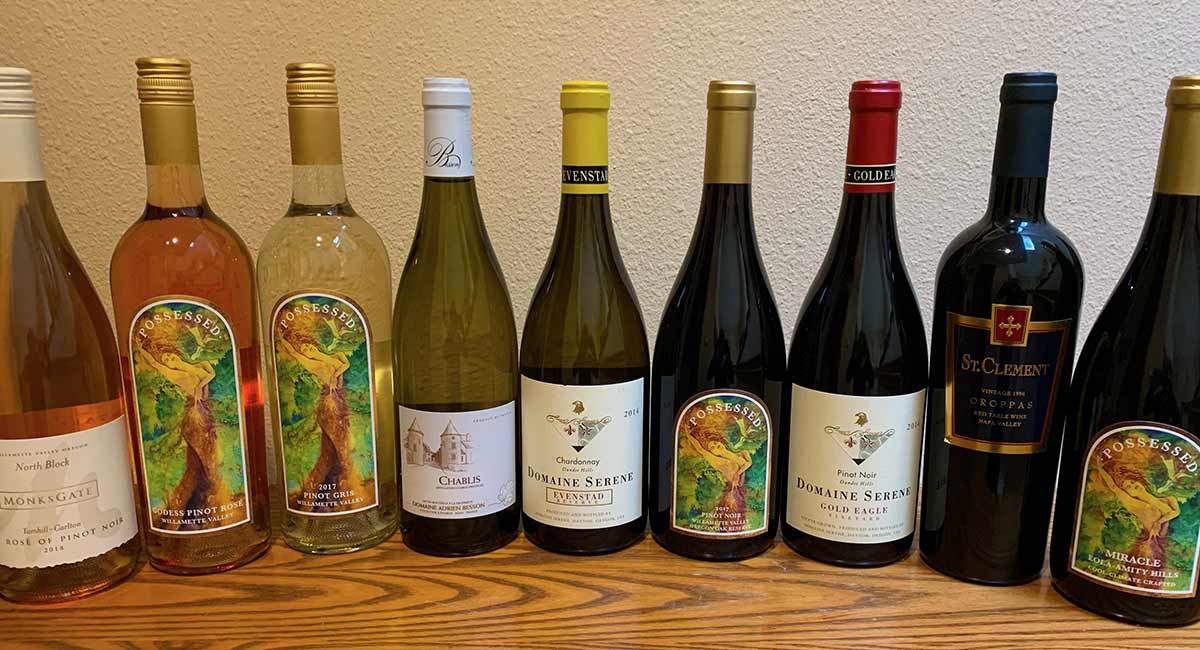
Wine Labels And What They Mean
Look At All These Wine Bottles
Look at all these bottles! They contain essentially the same wine grapes, just delivered in different bottles and with slightly different information on the labels. It helps to know what to look for on a label, so you know exactly what you are getting in a wine you buy. The point here is that you can’t always tell from the bottle type alone just what you are getting.
Burgundy-Style And Bordeaux-Style
We have Burgundy-style (typically cool climate) wines and Bordeaux-style (typically warm climate) wines. Historically these referred purely to the region in France where they were grown. We have Burgundy-style bottles and Bordeaux-style bottles (pictured). 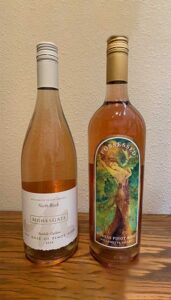 Historically, the type of wine fit the type of bottle. But since there’s no regulation on that, it’s no longer always the case.
Historically, the type of wine fit the type of bottle. But since there’s no regulation on that, it’s no longer always the case.
Cooler Climate Wines
Here we have wines pictured from hotter and cooler climates. How can you tell the difference? All of these wines pictured are Burgundy-style wines: Pinot Gris, Pinot Rose, Pinot Noir, Pinot Chardonnay, and Gamay Noir. Pinot is not only just Pinot Noir, there’s Pinot Chardonnay (Chardonnay), which is known as a White Burgundy, or Chablis, or just Chardonnay. The bottles look different, too. Confusing, isn’t it?
Legally-Required And Optional Content
Labels have legally-required, and optional content, both front and back. For example, different states require different percentages of a grape to be in the wine in order to label it as that wine.
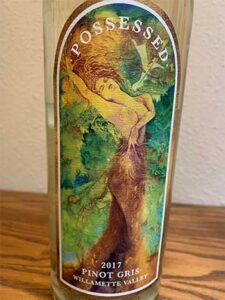
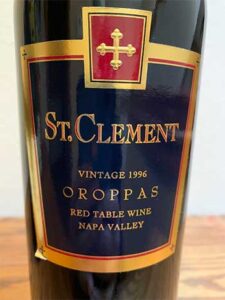
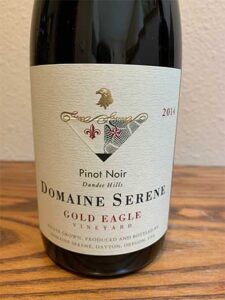
In Oregon, Pinot Noir requires 90% Pinot grapes to be called Pinot Noir. In other states it can be much less. Same for Chardonnay in Oregon. Alcohol content is required on all U.S. labels. Also, it must say where the wine is produced, at least by state.
Some things are less clear. With blended wine, you may or may not have a description of exactly which grapes are blended. Rose’ wines are only qualified by color, so you may or may not know which grapes actually produced the wine.
The Most Important Part Of A Label
As you’re reading a label there are a few things to look for. Most important is the region it came. We have AVA’s (American Viticulture Areas) in the U.S. The AVA will help give you an indication of the type of climate the wine comes from. California’s Napa Valley produces warmer climate wines. We might call those Bordeaux-style wines, such as Merlot, Cabernet Sauvignon, Malbec, Cabernet Franc, or Petiti Verdot. Oregon’s Willamette Valley produces cooler climate wines. We might call those Burgundy style wines, such as Pinot Noir, Chardonnay, Gris. What about Syrah? It was initially a cool climate wine but has been produced in warmer climates as well. It’s done well in warmer climates but tastes very different depending upon the climate in which it was grown.
Oregon’s Willamette Valley AVA has many sub-climates, so you’ll see specific AVA’s listed within it, such as Dundee Hills, Eola-Amity, or Ribbon Ridge. If you read the label and find the AVA reference, that’s how you figure out the climate and where it came from.
Some Wines Are Estate Grown
You may also see the reference Estate Grown. That indicates the wine was grown and produced at the winery’s actual site You may see a reference to oak barreling, or type of oak barreling. This refers to how the wine was aged.
Get to know your wine regions and the world of wine will become transparent quickly. If you want to know more, come for a tour through Oregon’s beautiful wine country with me. Cheers!
